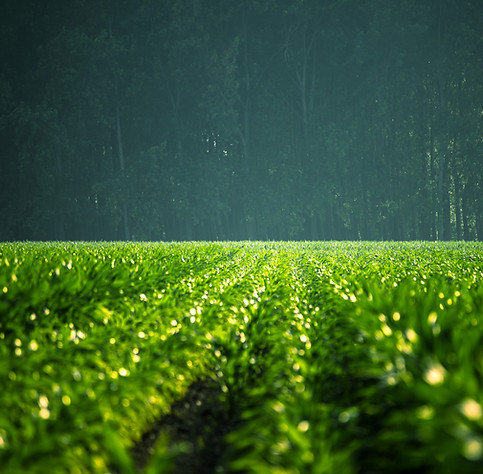
Food & Beverage
Safe solutions for cleaner food production .
Food and beverage production presents a number of challenges when it comes to treating process water. Process water often contains nutrients and organic matter that can lead to eutrophication, algae growth, and changes in the ecosystem and species composition. Therefore, it is important to ensure proper treatment of process water before it is discharged into rivers, waterways, or municipal wastewater treatment plants.
Why purify water from food production?
The production of various foods often results in some form of process water, whether it is runoff from agriculture, water squeezed out of foods to make concentrates, or cleaning equipment used in production. This process water contains a concentrated amount of nutrients, and if these nutrients are released into nature it will lead to eutrophication and algae growth, thereby destroying the natural balance of the ecosystem.
There are various methods for limiting the amount of nutrients in the process water, and several methods are often combined for the best cleaning effect. Through continuous research and development, Nordisk Vantteknikk works to constantly improve our facilities, and we always deliver solutions according to best available techniques (BAT).

From farming to washing dishes
Nordisk Vanntekikk supplies treatment solutions for all stages of food and beverage production, from agriculture and production to preparation and dishwashing.

Agriculture
Farming involves adding nutrients and any pesticides to the soil to create optimal growing conditions. Nitrogen from fertilizers largely ends up in rivers and fjords, leading to algae blooms and major changes in the ecosystem.
Fortunately, there are good methods for removing nitrogen. A combination of chemical and biological water purification has shown good results in limiting nutrients from process water and wastewater. By limiting the nutrients that flow into the fjords, we will be able to maintain a good balance in nature.
How does it work?
The purification process for water from the food industry depends on the type of contamination found in the water. Read more here about the most common water purification processes in the food industry.

Traditional sedimentation
Traditional sedimentation is the process of allowing water to stand still long enough for sediments to sink to the bottom. This works to remove the coarsest particles in the water, often early in the purification process.

Chemical precipitation
Chemical precipitation involves adding a combination of coagulant and flocculant to adjust the pH and bind particles together so they fall to the bottom. This is the most common form of particulate pollution removal.

Flotation plant
Flotation is a technique traditionally used in the extraction of minerals from rocks. The technique involves adding air so that the sludge foams and rises to the top of the tank, where it is scraped away with a sludge scraper.

Biological purification
In a bioreactor, bacteria are used to remove pollutants from the water. By creating enough surface area in the water using bioballs and adding air, the bacteria will survive by eating the nutrients in the water. When the bacteria die, they will sink and be carried on as larger sediments.




